Over the years, BINGFENG groups have invested in technology and people. This has helped us become one of the trusted and popular AC FAN manufacturers.We seeks to developed high-air-capacity, high-static-pressure, high-efficiency, as well as low-noise and low-vibration products, and offers a wide lineup of AC FAN that meet recent years rapidly changing needs. Click on the model below for specifications.
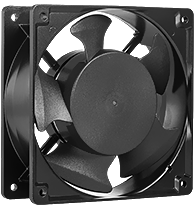
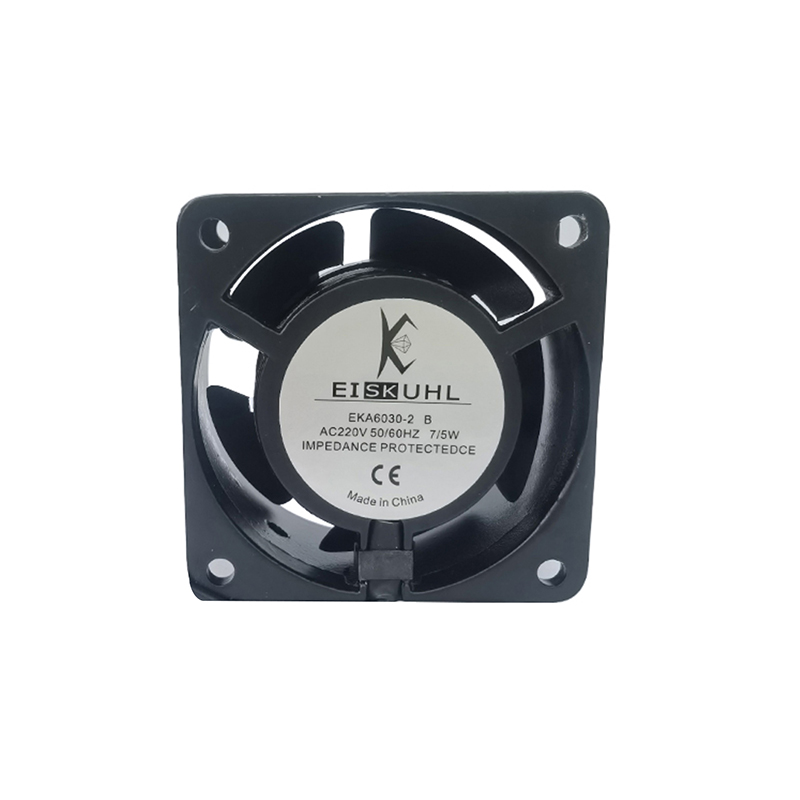
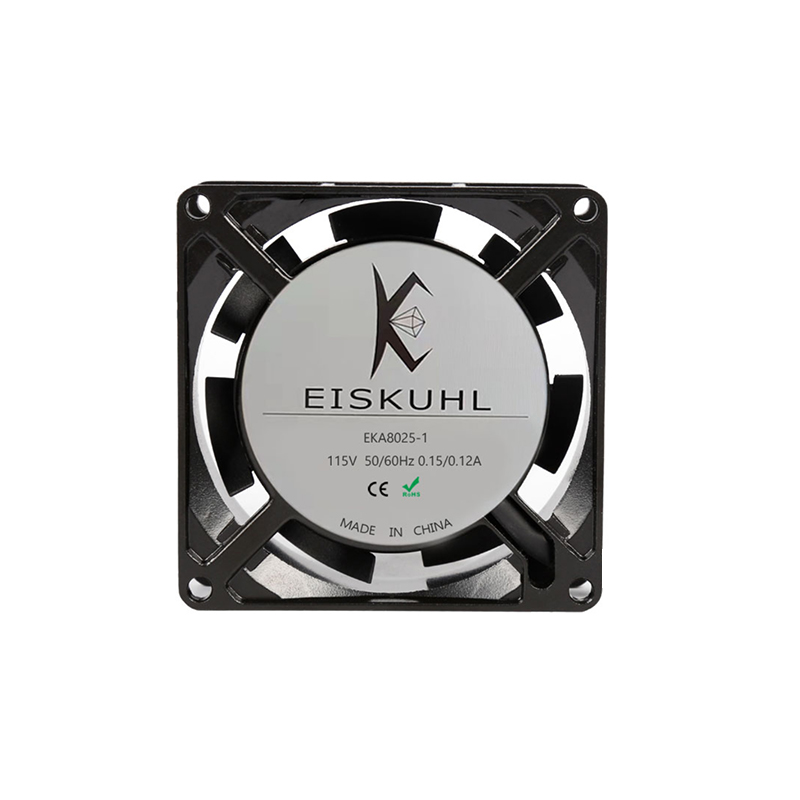
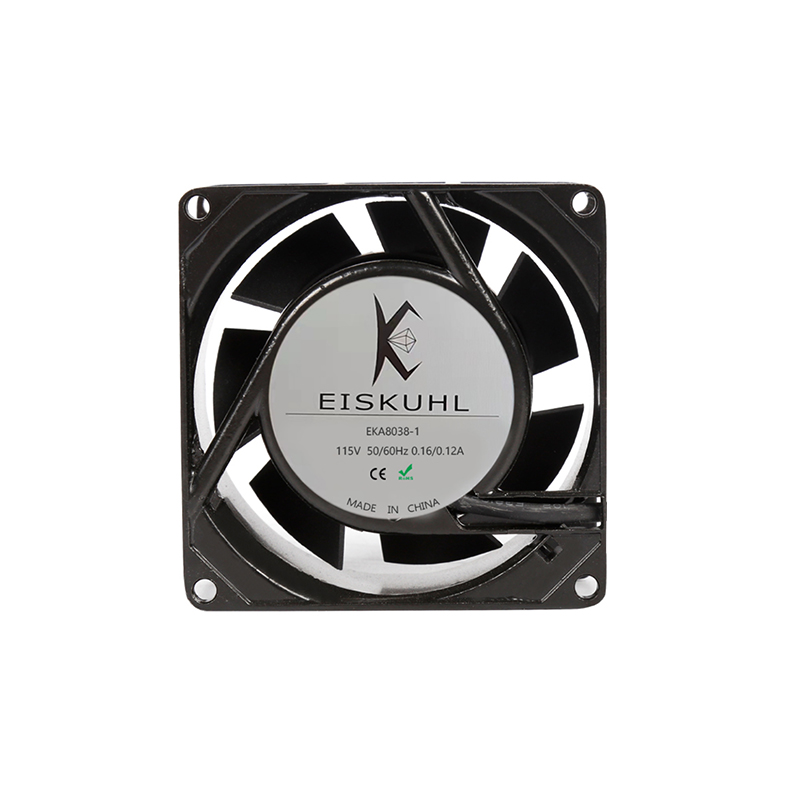

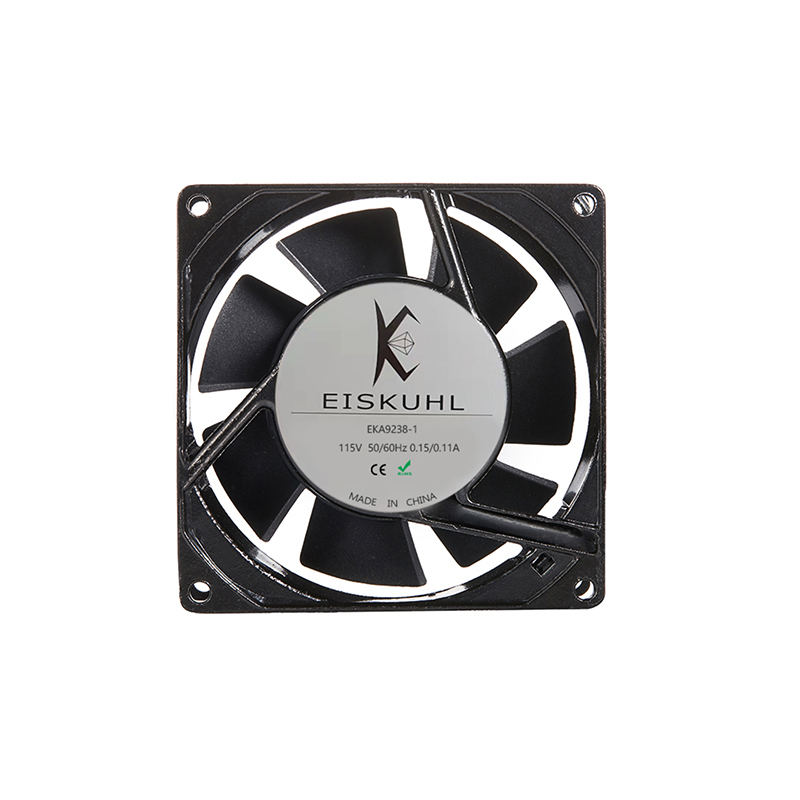
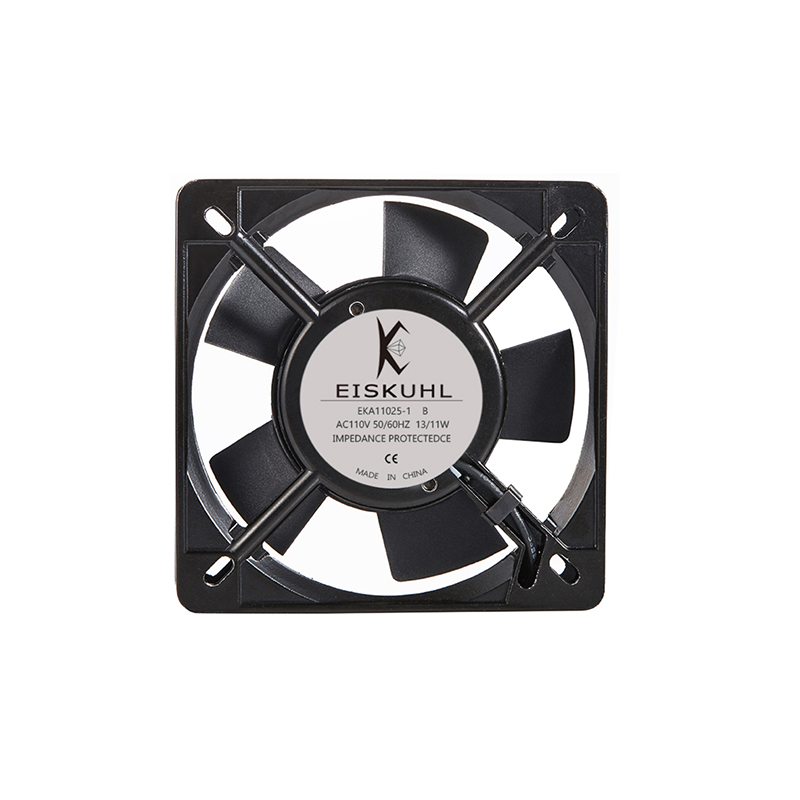
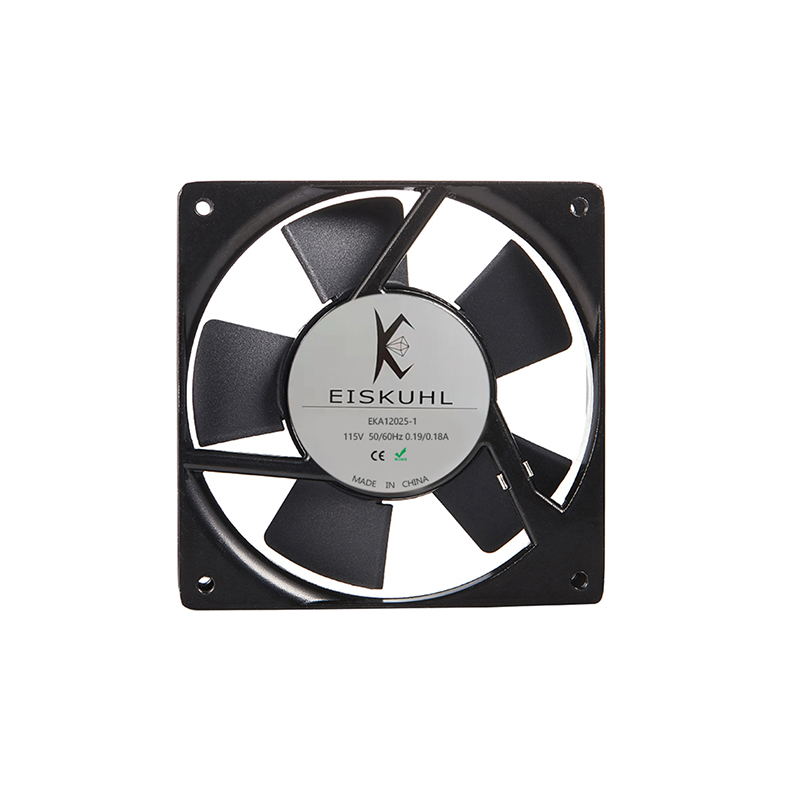
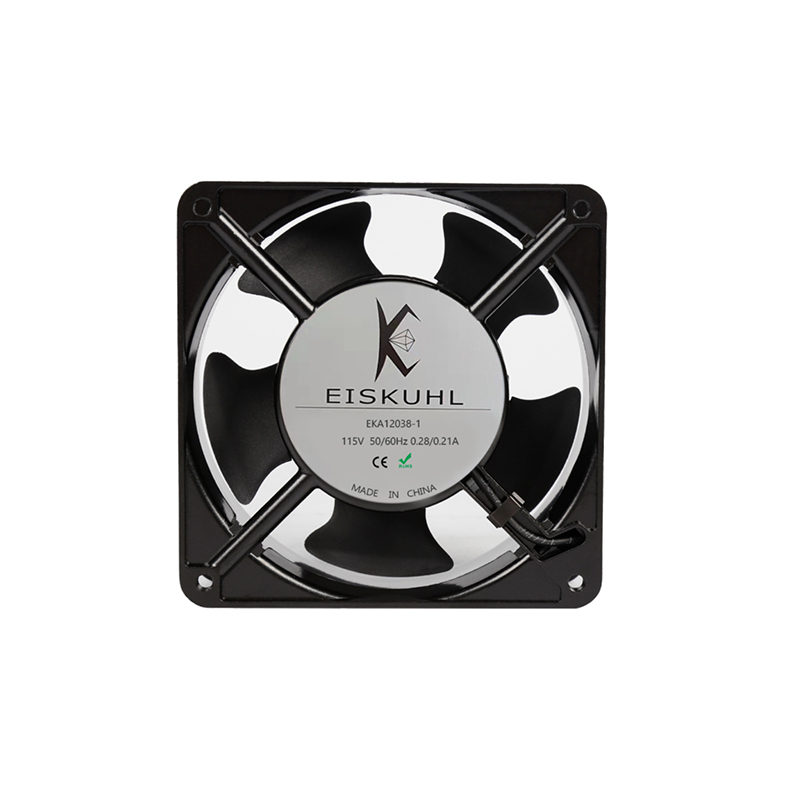
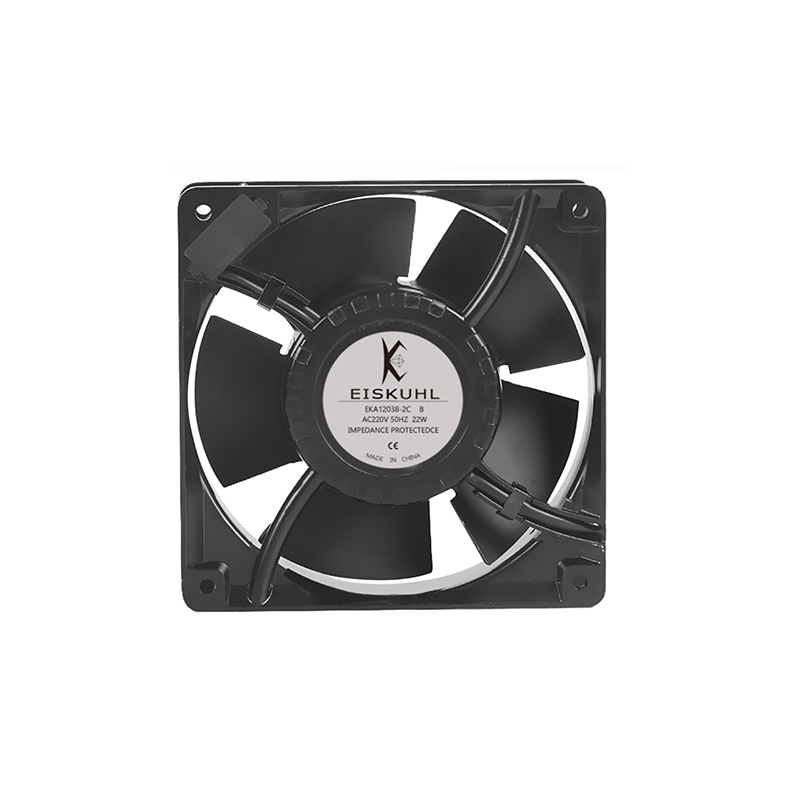
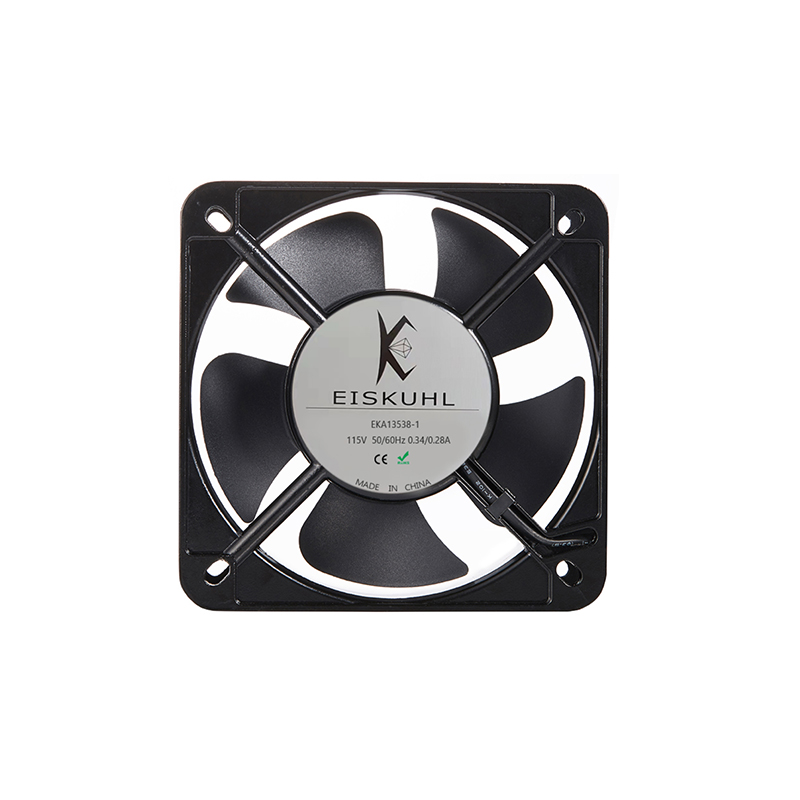
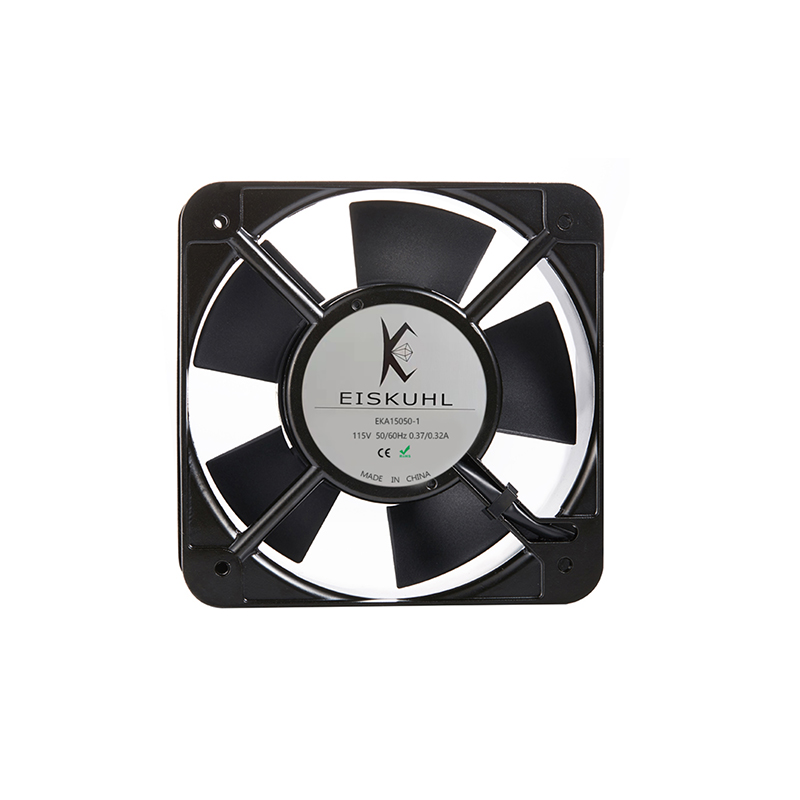
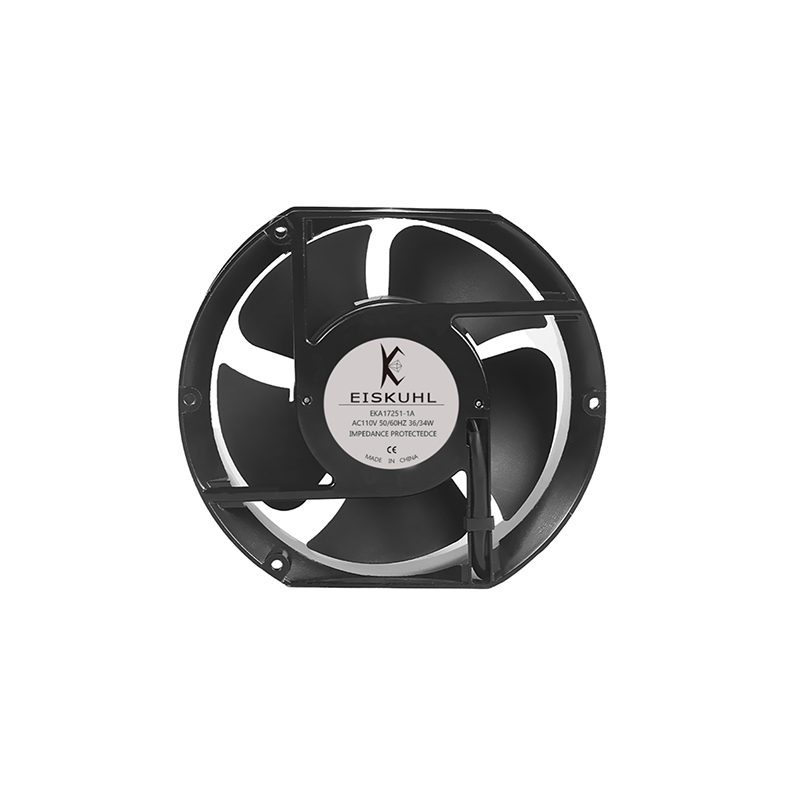
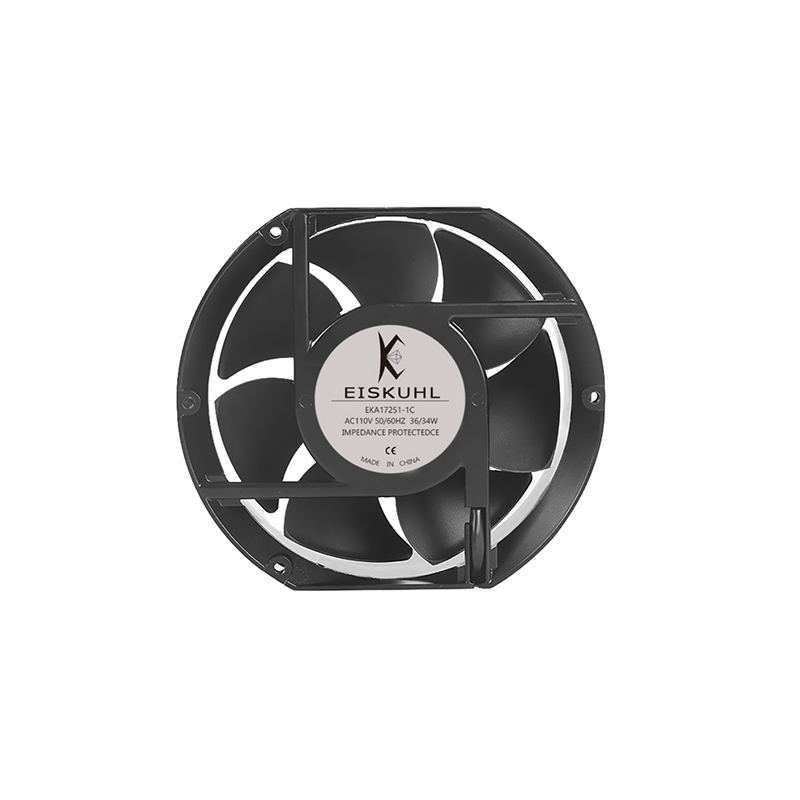
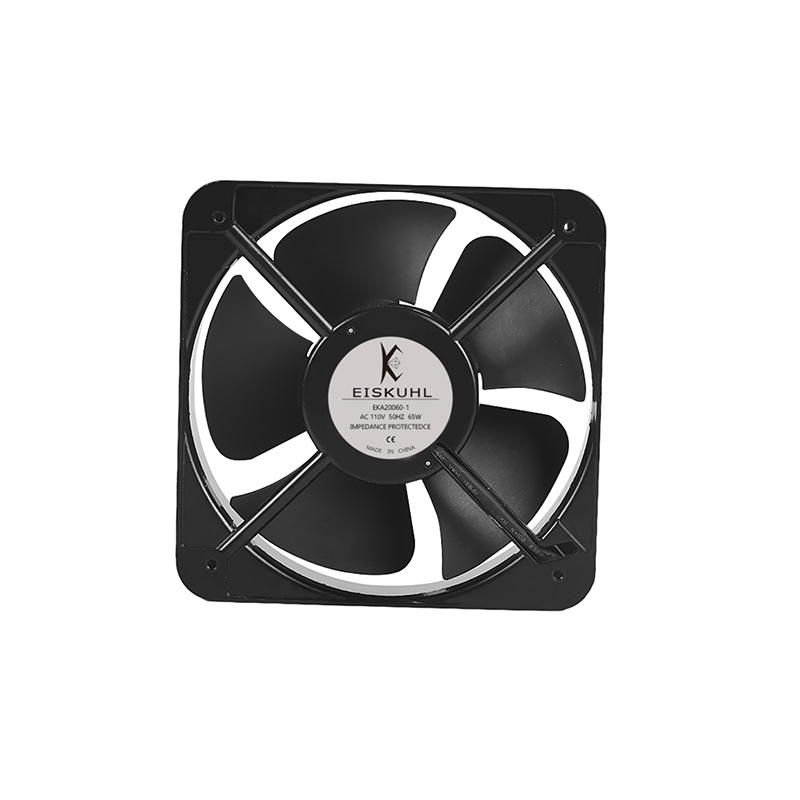
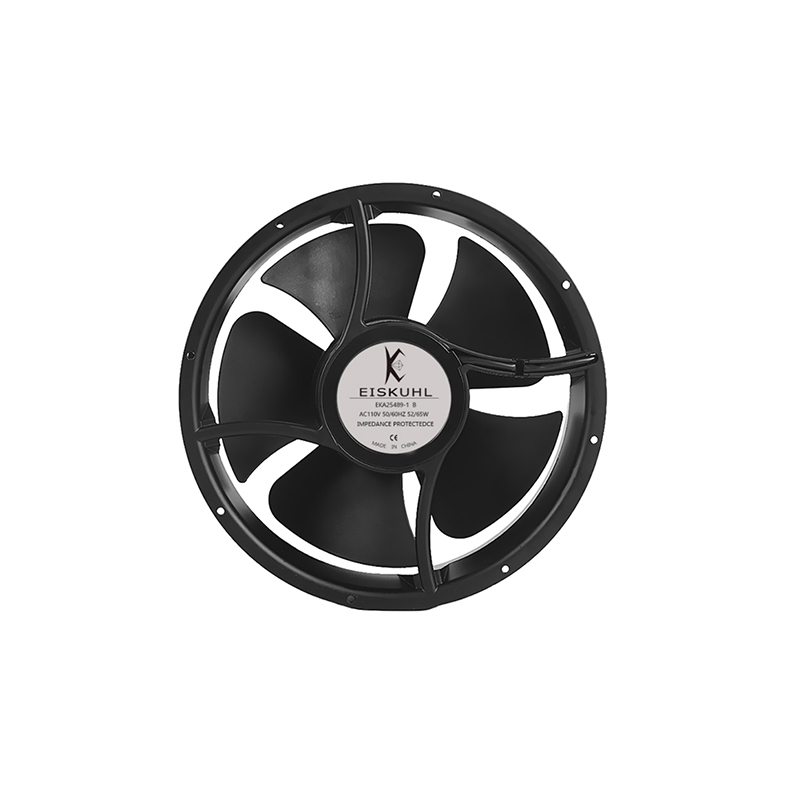
| Series | mm | inch | Inquire |
| EKA6030 | 60x60x30 | 2.36"x2.36"x1.18" | Inquire |
| EKA8025 | 80x80x25 | 3.15"x3.15"x0.98" | Inquire |
| EKA8038 | 80x80x38 | 3.15"x3.15"x1.5" | Inquire |
| EKA9225 | 92x92x25 | 3.62"x3.62"x0.98" | Inquire |
| EKA9238 | 92x92x38 | 3.62"x3.62"x1.5" | Inquire |
| EKA11025 | 110x110x25 | 4.33"x4.33"x0.98" | Inquire |
| EKA12025 | 120x120x25 | 4.72"x4.72"x0.98" | Inquire |
| EKA12038 | 120x120x38 | 4.72"x4.72"x1.5" | Inquire |
| EKA12038-C | 120x120x38 | 4.72"x4.72"x1.49" | Inquire |
| EKA13538 | 135x135x38 | 5.31"x5.31"x1.5" | Inquire |
| EKA15050 | 150x150x51 | 5.91"x5.91"x2.01" | Inquire |
| EKA17251-A | 171*153*51.5mm | 6.73"x6.02"x2.03" | Inquire |
| EKA17251-C | 171*153*51.5mm | 6.73"x6.02"x2.03" | Inquire |
| EKA20060 | 200*200*60mm | 7.87"x7.87"x2.36" | Inquire |
| EKA25489 | 254x254x89 | 10"x10"x3.5" | Inquire |
AC fans, or alternating current fans, are electric fans that operate on AC voltage. They are commonly used for cooling and ventilation in various applications. Here are the key features and advantages of AC fans:
Features of AC Fans:
● Alternating Current (AC) Operation: AC fans are designed to operate on standard AC power sources commonly found in households and industrial settings. They are available in various voltage ratings, including 110V, 220V, and 240V, depending on the region and application.
● Axial or Centrifugal Design: AC fans come in different designs, including axial and centrifugal fans. Axial fans have blades that generate airflow in a direction parallel to the fan's axis, while centrifugal fans use an impeller to create airflow perpendicular to the fan's axis.
● Multiple Sizes: AC fans are available in a range of sizes, from small fans used in electronics to large fans used in industrial ventilation and HVAC systems.
● Variable Speed Options: Some AC fans support multiple speed settings, allowing users to adjust the fan's RPM (revolutions per minute) and airflow to meet specific cooling requirements.
● Mounting Options: AC fans often come with mounting brackets, flanges, or holes for easy installation in various orientations, including ceiling-mounted, wall-mounted, and free-standing configurations.
● Bearings: AC fans may use different types of bearings, such as ball bearings or sleeve bearings, which impact the fan's operational life, noise levels, and durability.
● Thermal Protection: Many AC fans include thermal protection features that automatically shut off the fan if it exceeds safe temperature limits, preventing damage to the motor or other components.
Advantages of AC Fans:
● Compatibility: AC fans can be connected directly to standard AC power sources, making them compatible with most electrical systems and readily available for a wide range of applications.
● Reliability: AC fans are known for their reliability and long operational life, especially when used within their specified voltage and temperature ranges.
● High Airflow: Depending on the design and size, AC fans can generate high airflow volumes, making them suitable for cooling and ventilation in industrial and commercial environments.
● Maintenance-Free Operation: AC fans typically require minimal maintenance, reducing the need for frequent servicing or lubrication.
● Widespread Availability: AC fans are widely available from various manufacturers, making it easy to source replacements or additional fans as needed.
● Cost-Effective: AC fans are often cost-effective cooling solutions, especially for applications that do not require specialized or high-performance cooling.
● Flexible Voltage Options: They are available in various voltage options, allowing users to choose the appropriate voltage rating for their specific application.
● Quiet Operation: Many AC fans are designed for quiet operation, suitable for noise-sensitive environments like offices or homes.
● Thermal Management: AC fans play a crucial role in managing the temperature of electronic components, helping to prevent overheating and extend the lifespan of equipment.
● Ventilation: In industrial settings and HVAC systems, AC fans provide essential ventilation to maintain air quality and temperature control.
● Customization: Some AC fan models offer customization options, such as variable speed control, allowing users to tailor airflow to their specific needs.
AC fans, or alternating current fans, are used in a wide range of applications to provide cooling, ventilation, and air circulation. Their reliability and compatibility with standard AC power sources make them suitable for various industries and settings. Here are some common applications of AC fans:
● Electronics Cooling: AC fans are commonly used to cool electronic components in devices such as computers, servers, power supplies, amplifiers, and telecommunication equipment. They help maintain safe operating temperatures for sensitive electronics.
● HVAC Systems: AC fans are integral components of heating, ventilation, and air conditioning (HVAC) systems. They help circulate air, distribute conditioned air throughout buildings, and remove heat from condenser coils.
● Industrial Ventilation: In industrial settings, AC fans are used for general ventilation, exhaust, and air circulation to remove pollutants, fumes, and excess heat from manufacturing facilities, warehouses, and production areas.
● Refrigeration and Freezers: Refrigeration units, including commercial refrigerators and freezers, use AC fans to circulate cold air and maintain consistent temperatures for preserving food and perishable goods.
● Cleanroom Environments: Cleanrooms in semiconductor manufacturing, pharmaceutical production, and research facilities rely on AC fans to control airflow, maintain cleanliness, and ensure stable environmental conditions.
● Industrial Cooling Towers: Cooling towers in industrial applications use AC fans to dissipate heat from water-cooling systems, including those in power plants and manufacturing facilities.
● Automotive Cooling: Vehicles use AC fans to cool radiators, engine compartments, and air conditioning condenser coils, ensuring efficient engine performance and passenger comfort.
● Agricultural and Farm Equipment: AC fans are employed in agricultural machinery, greenhouses, and livestock housing to provide ventilation, control humidity, and maintain optimal conditions.
● Commercial Kitchen Equipment: Range hoods, ovens, and cooking appliances in commercial kitchens use AC fans to remove smoke, odors, and heat generated during cooking.
● Medical Equipment: Medical devices, such as medical ventilators, incubators, and diagnostic equipment, use AC fans for temperature control and ventilation to support patient care and diagnostic accuracy.
● Audio and Home Entertainment: Audio amplifiers, home theater receivers, and gaming consoles incorporate AC fans for cooling to ensure consistent performance during extended use.
● Retail Refrigeration: AC fans are used in commercial refrigeration displays and supermarket cases to maintain the freshness of perishable items.
● Environmental Control Systems: Environmental control systems in greenhouses and controlled agriculture facilities use AC fans for temperature, humidity, and air circulation management to optimize plant growth.
● Data Centers: Data centers rely on AC fans for cooling server racks and equipment to prevent overheating and ensure data integrity.
● Building Ventilation: AC fans are used in building ventilation systems to maintain indoor air quality, temperature, and humidity levels for occupant comfort and health.
● Commercial and Industrial Process Cooling: AC fans play a vital role in cooling industrial machinery, heat exchangers, and manufacturing processes to maintain efficiency and product quality.
● Transportation: AC fans are used in public transportation systems, including buses and trains, to provide ventilation and climate control for passengers.